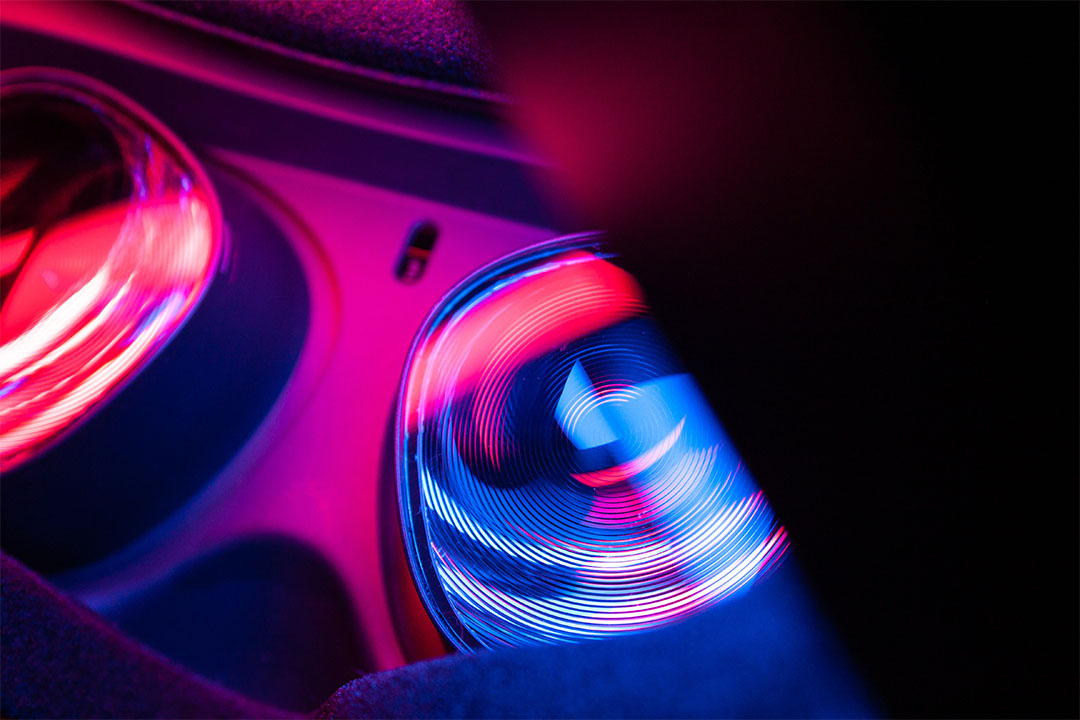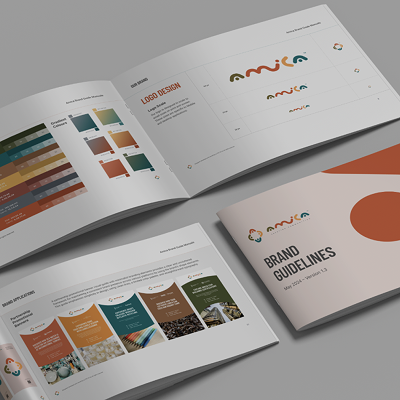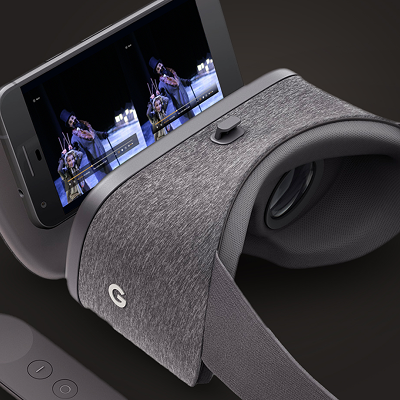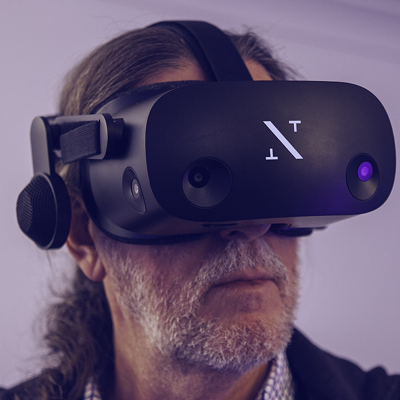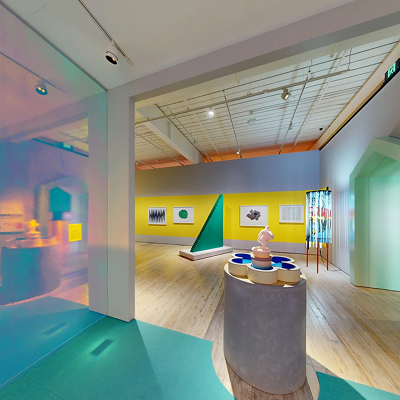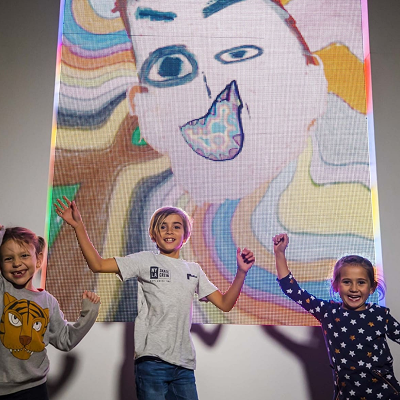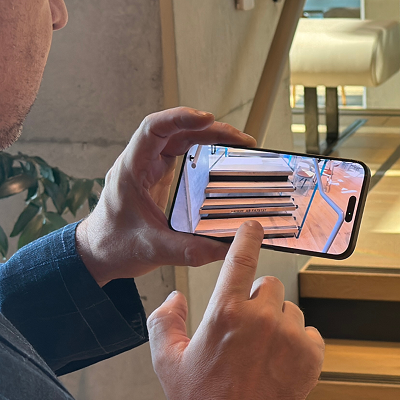In an era characterised by swift technological progress, the distinctions between the physical and digital realms are increasingly fading, courtesy of the ascent of Extended Reality (XR). XR, an umbrella term encompassing Augmented Reality (AR), Virtual Reality (VR), and Mixed Reality (MR), has transformed our perception and interaction with the world by merging the digital with reality.
It opens up boundless possibilities across a diverse range of industries.
As XR technology advances, it extends beyond the confines of gaming and entertainment, establishing a presence in sectors such as healthcare, education, architecture, manufacturing, and beyond.
XR transcends being a mere escape tool; it emerges as a transformative influence promising to elevate our daily experiences and redefine how we engage in work, learning, and recreation.
This narrative also directs attention to a crucial aspect accompanying this technological upheaval: the imperative for quality assurance. The dynamic and immersive characteristics of XR experiences necessitate a rigorous focus on quality to guarantee users seamless and authentic encounters, devoid of glitches or discomfort.
This exploration delves into the pivotal role that quality assurance plays in the realm of XR, ensuring the technology attains its full potential while upholding the highest standards of user satisfaction and safety.
Extended Reality (XR) Technologies
The term “Extended Reality (XR)” reflects the idea of extending our reality by integrating digital elements seamlessly, providing a more immersive and interactive experience. As these technologies continue to evolve, the boundaries between the physical and digital realms are becoming increasingly blurred under the overarching umbrella of XR.
Augmented Reality (AR) is a technology that overlays real-time digital information, such as images, videos, or 3D models, onto the physical world. By providing contextually relevant digital content, AR enriches the user’s perception of their surroundings.
Virtual Reality (VR) offers a fully immersive digital experience by substituting the physical world with a computer-generated one. Typically requiring a VR headset, this technology isolates users from their actual surroundings, plunging them into a virtual environment.
Mixed Reality (MR) is a fusion of both AR and VR, seamlessly integrating elements of the real world with virtual ones. MR allows for interaction and coexistence between the two realms, enabling users to see and engage with digital objects within their physical environment.
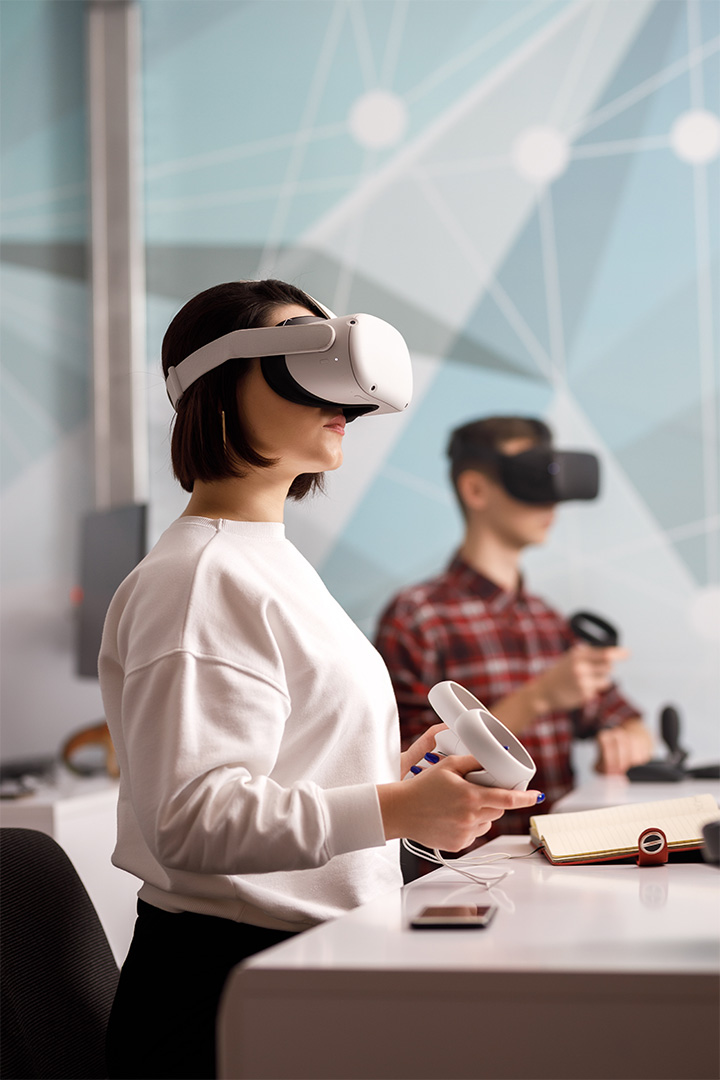
Source: https://bit.ly/3QyBCEZ
Unique Challenges for Quality Assurance in Each Type of XR Technology
Augmented Reality (AR)
- Environmental Variability - AR applications face the challenge of operating seamlessly across diverse real-world settings, presenting difficulties related to factors such as lighting conditions, object recognition, and real-time tracking.
- User Interaction - Testing the precision and responsiveness of user interactions in AR, including touch gestures or voice commands, is essential to guarantee a seamless and intuitive experience.
- Safety - It is vital to ensure that AR applications do not distract users or introduce safety risks during interactions with the real world. Quality assurance efforts must thoroughly address potential hazards.
Virtual Reality (VR)
- Motion Sickness - VR has the potential to cause motion sickness, stemming from a disparity between the user’s physical movements and their perception in the virtual world. Quality assurance endeavours should alleviate this discomfort through meticulous design and testing.
- Hardware Compatibility - The quality of Virtual Reality (VR) experiences is significantly influenced by hardware components such as headsets, controllers, and graphics cards. Quality assurance must validate compatibility and performance across a diverse array of devices.
- Immersion and Realism - Attaining a heightened level of immersion and realism stands as a key goal in Virtual Reality (VR). Quality assurance prioritises aspects such as graphics quality, audio fidelity, and latency reduction to craft a compelling and convincing virtual environment.
Mixed Reality (MR)
- Spatial Awareness - In MR applications, the seamless integration of virtual and real-world elements is crucial. Quality assurance must verify that virtual objects align accurately with the user’s physical environment, preserving spatial awareness.
- Interactivity - Within MR applications, intricate interactions between real and virtual objects are common. Quality assurance tests are essential to guarantee these interactions are intuitive and responsive.
- User Experience - Quality assurance in MR must carefully manage the user’s experience in both the physical and virtual realms, aiming for a seamless integration that enhances rather than disrupts the user’s sense of presence.
Augmented Reality (AR), Virtual Reality (VR), and Mixed Reality (MR) present unique experiences, each accompanied by its specific set of quality assurance challenges. It is imperative to implement effective quality assurance to tackle these challenges, ensuring that XR technologies deliver secure, captivating, and seamless interactions within their respective domains.
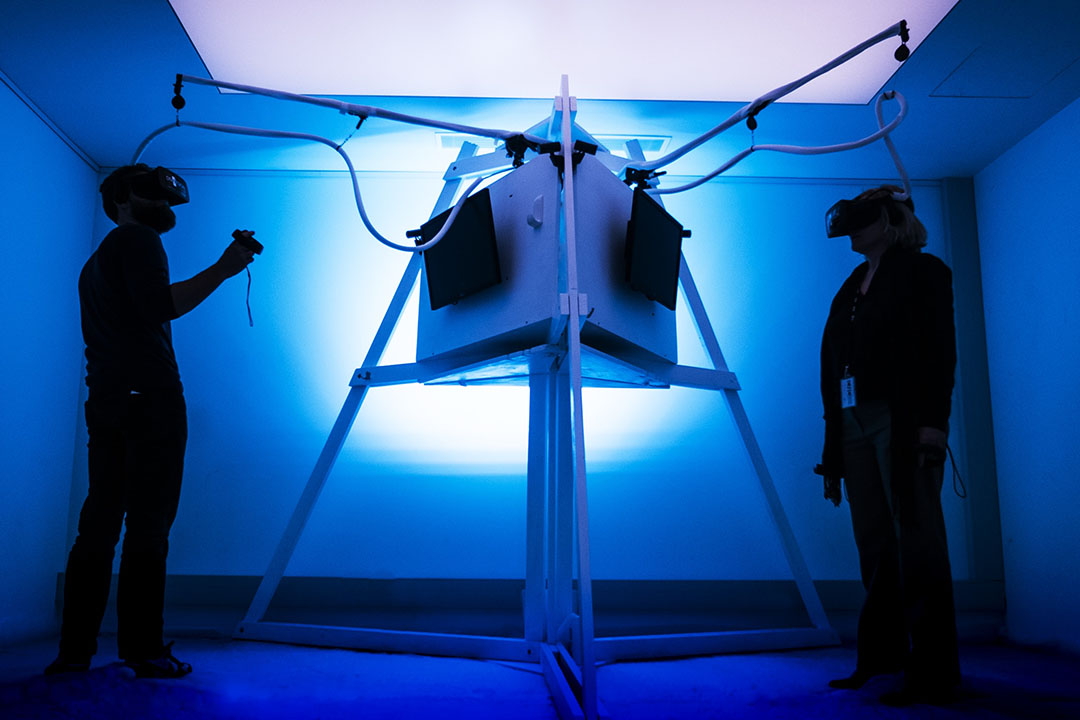
Source: https://bit.ly/3u5usR3
Key Components of XR Quality Assurance
Quality assurance in XR involves a set of processes, practices, and testing methodologies to ensure that XR applications, whether they are AR, VR, or MR, meet the highest standards of performance, usability, safety, and user satisfaction.
The key components of XR for quality assurance include the followings:
- Usability Testing - conduct usability testing to evaluate how well the XR application meets user needs and expectations. Assess user interfaces, interactions, and overall user experience.
- Functional Testing - test the core functionality of the XR application. Ensure that all features, such as object recognition, tracking, and interactions, work as intended.
- Performance Testing - evaluate the XR application’s performance, including frame rate, response time, and graphics quality. Ensure that the experience is smooth and free from lag or stutter.
- Compatibility Testing - test the XR application on a variety of hardware devices and platforms to ensure it works correctly and consistently across different setups.
- Security and Privacy Testing - verify that the XR application handles user data securely and respects privacy concerns. Check for vulnerabilities and data protection compliance.
- Interoperability Testing - ensure that the XR application can interact with other systems or devices seamlessly. For example, it may need to work with external sensors or IoT devices.
- Content Testing - evaluate the quality of 3D models, textures, and audio assets used in the XR application. Ensure that they are visually and aurally appealing and contribute to immersion.
- Localisation and Internationalisation Testing - test the XR application in different languages and regions to ensure that it can be used globally and that localised content is accurate and culturally appropriate.
- Accessibility Testing - ensure that the XR application is accessible to users with disabilities. Test for compatibility with screen readers, voice commands, and other assistive technologies.
- User Comfort and Safety Testing - test for potential discomfort or motion sickness issues, especially in VR applications. Ensure that the XR experience is safe for users in terms of both physical and psychological well-being.
- Real-World Environment Testing (AR/MR) - assess how well AR and MR applications handle varying real-world conditions, such as different lighting, objects, and background environments.
- Cross-Platform Testing - ensure that the XR application performs consistently on different operating systems and platforms, such as iOS, Android, Windows, and others.
- Regulatory and Compliance Testing - verify that the XR application complies with industry-specific regulations, safety standards, and legal requirements, particularly in sectors like healthcare and aviation.
- Continuous Testing and Updates - QA should be an ongoing process, as XR applications are frequently updated with new features and bug fixes. Regular testing is crucial to maintain quality throughout the application’s lifecycle.
- Feedback and User Testing - collect feedback from users to identify issues, bugs, and areas for improvement. User testing can provide valuable insights into the real-world user experience.
- Documentation and Reporting - maintain detailed records of all testing activities, issues, and resolutions. Reporting is essential for tracking the quality assurance process and communicating results to stakeholders.
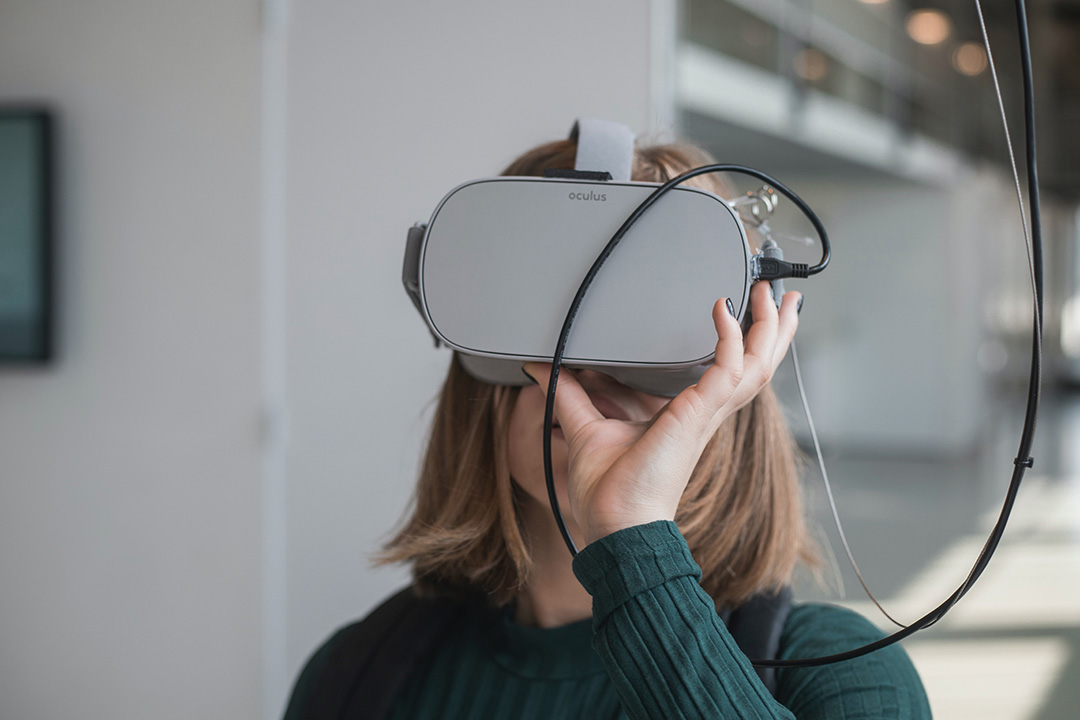
Source: https://bit.ly/47lQdu4
Challenges of Quality Assurance in XR
Quality assurance in XR presents unique challenges due to the immersive and dynamic nature of these technologies.
The following are some of the key challenges of Quality Assurance in XR
- Hardware Fragmentation - XR applications need to work seamlessly across a wide range of hardware devices, from smartphones and headsets to PCs and gaming consoles. Ensuring compatibility and optimal performance on various platforms is a significant challenge.
- User Comfort and Motion Sickness - VR applications can induce motion sickness due to the disconnect between physical movement and virtual experiences. QA must address this issue by testing and optimising for user comfort.
- Tracking and Calibration - accurate tracking of user movements and interactions is crucial for XR applications. QA needs to verify that tracking sensors and algorithms work effectively.
- Content Quality - ensuring the visual and audio assets in XR applications meet high-quality standards is essential for maintaining immersion. Testing content quality for 3D models, textures, and audio assets can be complex.
- Interactions and User Interfaces - XR applications often involve novel ways of interaction, such as gestures, voice commands, and hand controllers. QA must ensure that these interactions are intuitive and responsive.
- Cross-Device Compatibility - XR applications may need to run on devices with varying capabilities and performance. QA must address performance disparities and optimize for different hardware configurations.
- Security and Privacy - XR applications may collect sensitive user data, making them potential targets for security breaches. Ensuring data protection and compliance with privacy regulations is challenging.
- Performance Optimisation - XR applications require high frame rates and low latency to maintain a sense of immersion. Achieving and maintaining optimal performance across different devices is a continuous challenge.
- Testing for Various User Scenarios - XR applications are used in various settings, from gaming to medical training. QA must consider a wide range of user scenarios and test for each one.
- Regulatory Compliance - in industries with strict regulations, such as healthcare or aviation, XR applications must adhere to rigorous standards. Ensuring compliance is challenging and requires thorough testing and documentation.
- Accessibility Testing - ensuring XR applications are accessible to users with disabilities is a growing concern. Testing for screen readers, voice commands, and other assistive technologies is a unique challenge.
- Cross-Platform Testing - XR applications may need to function on multiple operating systems and platforms. Ensuring consistent performance and feature parity is a complex task.
- Content Updates and Continuous Testing - XR applications are frequently updated with new features and bug fixes. Ensuring that updates don’t introduce new issues while maintaining existing quality is a challenge.
- User Feedback Incorporation - collecting and integrating user feedback into the QA process can be challenging but is essential for addressing real-world issues and improving the user experience.
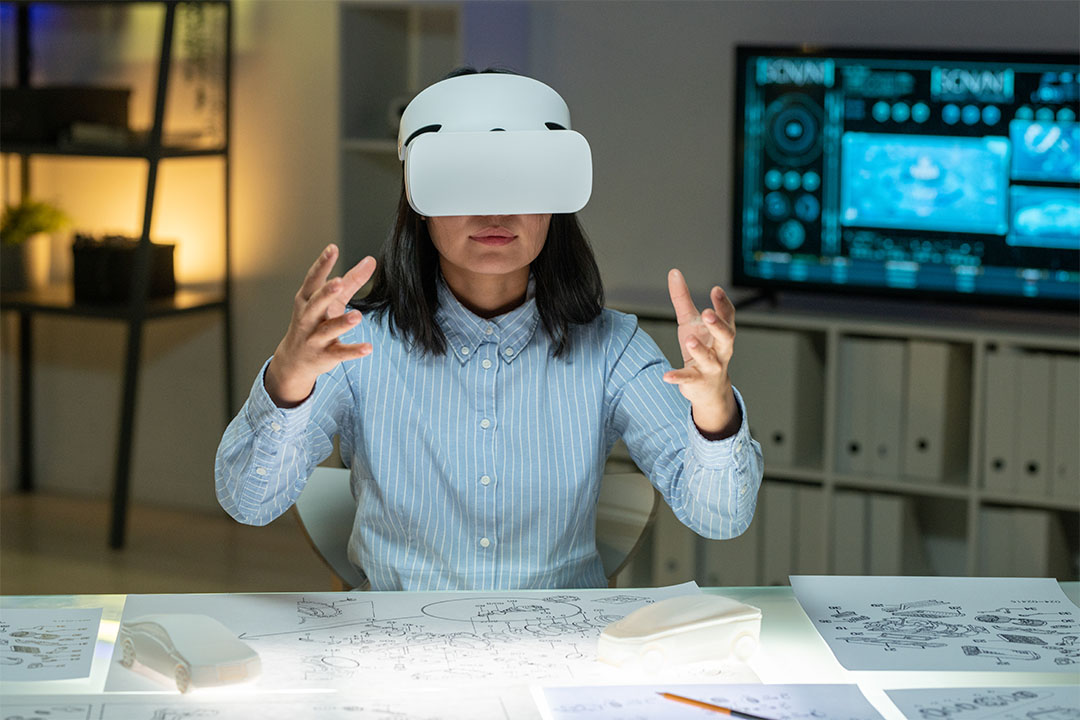
Source: https://bit.ly/3ufJ6VL
Best Practices for Quality Assurance in XR
Traditionally, QA is positioned as the final phase in the development process, concentrating on executing a series of test scripts to assess product quality in terms of functionality, performance, reliability, compatibility, usability, security, maintainability, and portability.
However, the advent of AR, VR, and MR introduces a novel quality paradigm: immersiveness. These technologies intertwine the physical and virtual realms in innovative ways, emphasising the critical need for a truly immersive end-user experience.
Before initiating any testing procedures, QA engineers should thoroughly review and familiarise themselves with the product’s requirements, compiling a list of real-world experiences. This proactive approach aids in comprehending potential scenarios for user engagement and provides a comprehensive perspective on the product.
Manual Testing
Emulating the real-world environment, setting up the play space, and utilising the full 360-degree range of scope, while measuring for performance variables and gameplay. This also involves testing camera tracking and reducing latency.
Automated Testing
The automated testing of full-stack devices necessitates the establishment of a controlled environment, understanding testing objectives, and anticipating outcomes. Environmental variables, such as space configuration, lighting, soundproofing, power supply, temperature control, and reconfigurable spaces, must be carefully set up.
Only then can tools be designed to ensure repeatable controls and consistent test runs.
As digital experiences extend into more virtual realms and objects, the design, development, and testing processes demand an approach centered on the human aspect. Given that users become integral to a system both mentally and physically, considering their feelings and goals is crucial for crafting genuinely immersive digital experiences.
Unlike traditional Quality Assurance (QA), which relies on scripts, various test data, boundaries, and equivalence partitioning, testing in Augmented Reality (AR), Virtual Reality (VR), and Mixed Reality (MR) pivots towards assessing feelings and sensations, providing conclusive feedback to developers and designers.
By examining various considerations from multiple perspectives, potential issues that may not have surfaced otherwise can be uncovered. This not only enhances the quality of AR or VR products but also helps eliminate unnecessary testing and resolution cycles.
Regulations and Compliance Aspects
Regulatory compliance, also called business compliance, refers to any organisation’s obedience to the laws, regulations, and other rules that govern all organisations. A regulatory requirement is a rule that a government entity imposes on an organisation.
Some federal and state laws govern virtually all organisations. Regulations govern how organisations manage their business and employees and how they interact with customers, among many other areas.
Digital Extended Reality (XR) technologies combine advanced computing systems (hardware and software) that can change how people connect with each other and their surroundings and influence or manipulate human actions through interactions with virtual environments.
This policy brief sets out recommendations based on the regulatory priorities – including privacy and data protection, the regulation of AI and harmful online content, freedom of expression, non-discrimination, and the protection of special categories of persons, especially children.
To protect and uphold ethical, legal and fundamental rights and sustainability considerations in the development and deployment of XR, encourages policy makers to:
- Promote fundamental rights and encourage the adoption of ethics-by-design approaches
- Develop appropriate instruments to tackle and regulate harmful online content in XR technologies
- Consider specific use cases. A use case is the carrying out of the procedure of a technique in a particular context in the classification of XR technologies under the proposed Artificial Intelligence (AI) Act
- Promote the effective enforcement, monitoring and compliance with EU laws related to XR technologies, such as the GDPR, Digital Services Act (DSA), Digital Markets Act (DMA) and the proposed AI Act.
In essence, regulations are instituted to safeguard individuals, entities, and various interests, including employees, consumers, the general public, as well as the integrity of commerce and business processes.
The entities overseeing regulation often focus on several primary areas, including the following:
- Setting up and enforcing controls within organisations
- Staying informed about and evaluating organisations’ adherence to laws and regulations
- Recognising and addressing areas where organisations fall short of compliance
- Facilitating avenues for organisations to submit reports on their adherence to laws and regulations.
Future Trends in XR Quality Assurance
The metaverse stands as a potential catalyst for transforming the XR market. It represents a virtual world that emerges from the convergence of VR, AR, and MR. Within this realm, individuals can engage with each other and digital content in a more immersive and lifelike manner.
The trajectory of XR portends significant promise and potential. With technology advancing rapidly, XR is poised to revolutionise diverse industries and redefine our interactions with the world.
By seamlessly blending the physical and virtual realms, XR introduces a wealth of possibilities for education, entertainment, healthcare, and beyond. As XR devices become more affordable and accessible, widespread adoption and integration into our daily lives are anticipated.
In essence, the future of XR holds immense excitement, offering a glimpse into a world where immersive and interactive experiences become the standard.
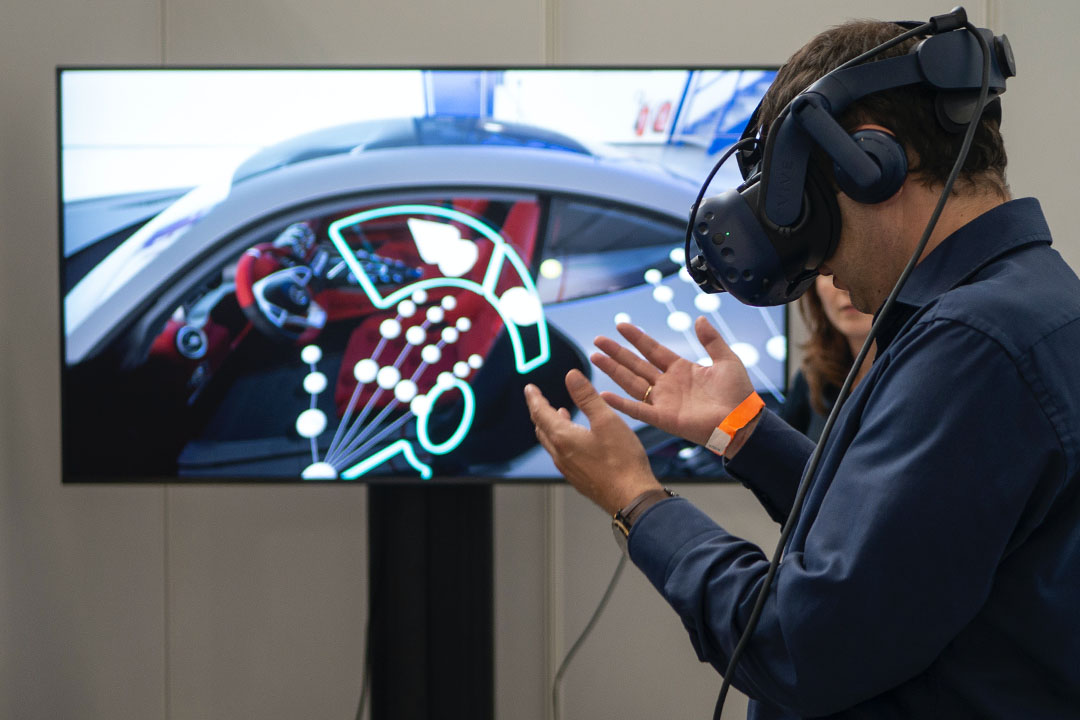
Source: https://bit.ly/3sBVG18
Conclusion
As XR technologies progress, the need for robust Quality Assurance in the field will inevitably grow. It is evident that a proactive stance on Quality Assurance, coupled with a profound comprehension of the unique challenges posed by XR, is crucial for companies striving to excel in this dynamic and evolving industry.
Integrating QA seamlessly into the XR development process not only enhances user satisfaction but also contributes significantly to the flourishing and triumph of XR applications in an expanding market.
Quality Assurance in XR testing plays a pivotal role in ensuring the smooth and immersive experiences that users anticipate from virtual and augmented reality technologies. XR applications are in a continual state of evolution, offering a broad spectrum of possibilities across various industries, from gaming to healthcare and beyond.
Looking for creating XR Experience for your service? Reach out to us.

